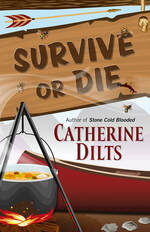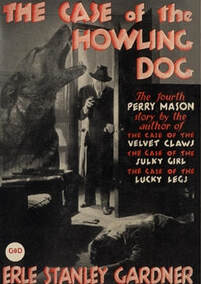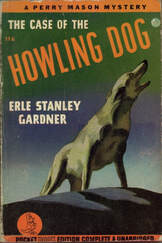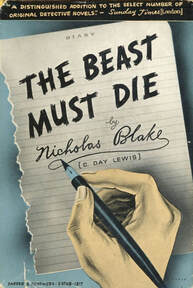
Aubrey Sommers thought husband Grant was providing a romantic getaway for them both, away from kids and clutter, only to find herself separated from him, sleeping in a tent, and part of a competing team. Sotheara Sok is on an environmental mission and needs to use the contest as cover to hunt for treasure of a different and dangerous kind. Berdie Placer, the old but tough-as-nails company receptionist, has a family score to settle. Together with Madison Wilhelm, a friendly figure initially ill-suited to the concept of "roughing it", the women form the team Stockton's Revenge, relying on each other for support and survival.
It is largely through their eyes that we view this wet and wild world, and as the contest begins and the book continues, it is Aubrey, Berdie, Sotheara, and Madison who evoke much of the reader's interest and empathy. It also helps that almost everyone else could be considered a potential killer, so we are more inclined to trust the ladies, especially as they become active in investigating the death of a photographer who was allergic to bees. When an unlikely few found their way into his cabin room, the victim's always handy epinephrine pen was suspiciously out of reach.
As the week pushes on and physical attacks (involving tripwires, flying arrows and tossed rocks) on the contestants escalate, Aubrey wonders if she'll be able to escape in time with her husband before a restless killer claims another victim. Survive or Die builds to a memorable climax as the women protagonists -- now separated and trying to get back to camp after a violent storm brings new dangers to the group -- confront the criminal(s) and uncover some unpalatable truths.
Some personal impressions regarding this energetic, busy mystery novel: for me, the story came together about a quarter of the way through, and once it hit its stride, it was very engaging indeed. The initial chapters suffered from the need to set up the many subplots and from the sheer number of characters at camp (over 40 employees are initially gathered to compete, not counting Rowdy's cooks and crew). Those numbers dwindle quickly, and once the reader becomes familiar with Dilts's designated heroes, the plotline snaps into focus and the book becomes more convergent.
Similarly, the paradox of factory owner Jack Bender, by all accounts a selfish and misanthropic man, providing a week-long company retreat for his employees (presumably with paid vacation, as no one complains about missing income) meant I needed to wait until the book's second half before I could learn more about circumstances that would provide context for the choice. I enjoyed the deft brushstrokes applied to the many supporting characters that painted brief, intriguing portraits of each person, their personality, their role at Bender's Clips, and the motivation that drives or limits them in the contest and in life.
I have always been a fan of mystery settings that isolate a group of people and plots that turn up the tension. J. Jefferson Farjeon's Mystery in White has his travelers stranded by a snowstorm in a country manor where murder may have just occurred, while Agatha Christie brings And Then There Were None's fated guests to Indian Island, with no means of escape. Catherine Dilts makes good use of her woods-and-mountains Colorado backdrop to trap and challenge her characters, and she keeps the perceived safety of civilized society just out of their reach.
Survive or Die makes for a fun beach (or woods) read and is available now through Amazon in eBook and print formats.



 RSS Feed
RSS Feed